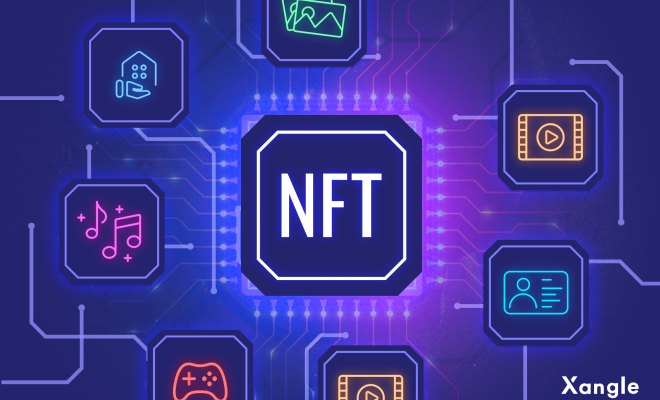DGE, 3G, H+, 4G, 5G: What Are All These Mobile Networks?

Mobile networks have evolved immensely over the years to cater to the growing demand for faster and more reliable internet connectivity. With technologies such as EDGE, 3G, H+, 4G, and the newest 5G becoming popular, it can get confusing to understand the differences between them. In this article, we’ll take a closer look at each of these mobile networks and what sets them apart from the others.
EDGE
EDGE stands for Enhanced Data rates for GSM Evolution. It is an extension of the 2G mobile network and is considered an intermediate step between 2G and 3G. EDGE uses a different modulation scheme that allows for a faster data transfer rate than 2G. However, the maximum download speed of EDGE is only around 384 kbps. EDGE is still used in some countries, but it’s becoming less common as more advanced mobile networks are being deployed.
3G
3G stands for Third Generation. It was designed to provide faster data transfer rates than 2G, primarily for catering to data-intensive mobile applications. 3G networks offer a maximum download speed of up to 7.2 Mbps and improved voice call quality. It’s still widely used in many countries, but it’s gradually being phased out by more advanced networks.
H+
H+ stands for Evolved High-Speed Packet Access, and it’s considered an upgrade over 3G. It’s also known as HSPA, which stands for High-Speed Packet Access. H+ uses a combination of 3G and 4G technology to offer faster download and upload speeds. The maximum download speed offered by H+ is up to 42 Mbps. It’s widely used in many parts of the world, and some service providers still offer it as their primary mobile network technology.
4G
4G stands for Fourth Generation. It was designed to provide faster data speeds than its predecessors, primarily for supporting data-intensive applications such as video streaming, online gaming, and video conferencing. 4G is currently the most widely used mobile network technology. It offers a maximum download speed of up to 100 Mbps and an improved voice call quality. Its increased bandwidth and reduced latency also make it more suitable for IoT devices.
5G
5G is the latest and most advanced mobile network technology. It’s designed to provide faster internet connectivity than all the previous generations combined. With 5G, users can enjoy a maximum download speed of up to 10 Gbps, which is over 100 times faster than 4G. The reduced latency and increased bandwidth make it ideal for supporting IoT devices and emerging technologies such as augmented reality, virtual reality, and autonomous vehicles.




